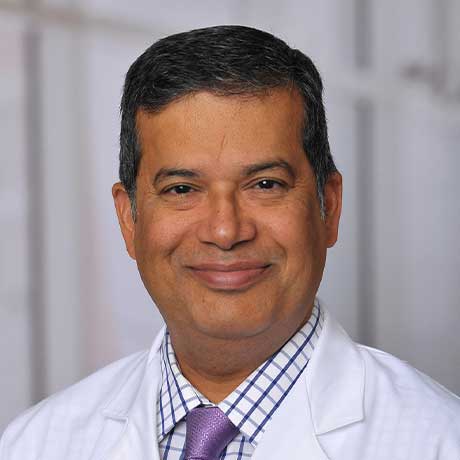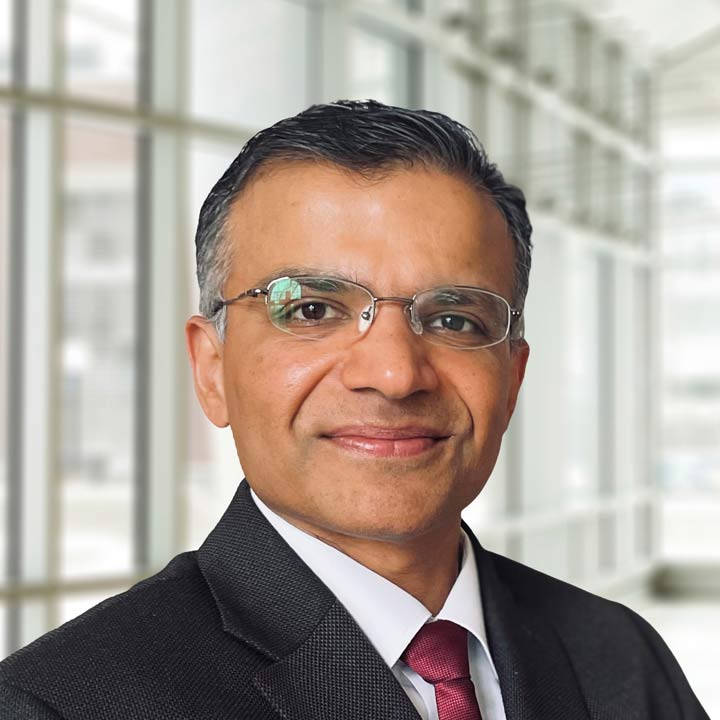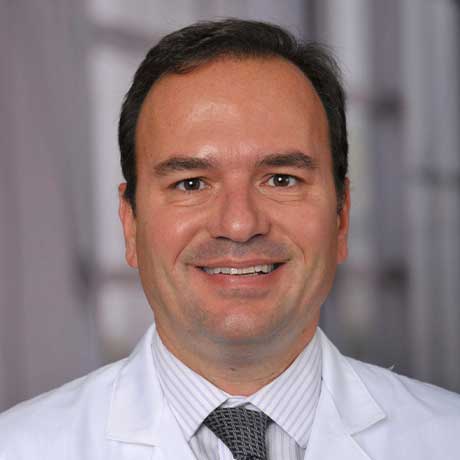
What are gallstones?
The gallbladder is a pear-shaped organ under the liver. It stores bile, a fluid made by the liver to aid fat digestion. As food passes from the stomach to the intestines, the gallbladder releases bile through a tube called the common bile duct. This duct connects the gallbladder and liver to the small intestine.
Your gallbladder is most likely to give you trouble if something blocks the flow of bile through the bile ducts—usually a gallstone, which is formed when excess cholesterol, calcium salts or bilirubin in bile harden. If the stones travel into the common bile duct, the tube connecting the liver to the intestine, they can become stuck and block the flow of bile. The presence of at least one gallstone in the common bile duct is referred to as choledocholithiasis.
Gallstones are most common among older adults, women, overweight people, Native Americans and Mexican Americans.
What causes gallstones?
It's not always clear what causes gallstones. Gallstones may result when your bile contains too much cholesterol or bilirubin, or if your gallbladder doesn’t empty correctly. If the gallbladder doesn’t empty well enough or often enough, the bile can become more concentrated, leading gallstones to form.
To help prevent gallstones, you can focus on maintaining a healthy weight (or losing weight slowly and sensibly); eating regular, balanced meals; and being active and exercising regularly.
Gallstone Symptoms
Some people never have symptoms of gallstones and they are simply found during imaging tests for other health conditions.
If people do have symptoms, they often occur after eating and are referred to as a gallstone or gallbladder attack. This may involve nausea and/or vomiting, or pain in the abdomen, back or just under the right arm.
Gallstone Diagnosis
In the absence of symptoms, gallstones are often found during imaging tests for other health conditions.
If you do have symptoms, your physician will examine you for abdominal tenderness, and blood tests may reveal an abnormally high liver function.
Your doctor may also perform one of the following:
- Abdominal ultrasound – to detect gallstones in either the gallbladder or common bile duct, or to reveal any thickening of the gallbladder wall, which may indicate an infection
- Endoscopic ultrasound (EUS) – uses a flexible, lighted tube with a camera (endoscope) to provide a more detailed ultrasound of your bile ducts from inside your GI tract
- Endoscopic retrograde cholangiopancreatography (ERCP) – uses an endoscope and X-ray pictures to examine the ducts that drain the liver, gallbladder and pancreas
- ERCP can also be used to treat gallstones that are stuck in the bile duct.
Gallstone Treatment
If you don’t have symptoms, you usually don’t need treatment.
If you do suffer issues from gallstones, your physician may recommend:
- Endoscopic retrograde cholangiopancreatography (ERCP) – As described in the diagnosis section above, during an ERCP, a thin flexible tube will be inserted down your throat while you are under sedation. A small camera will collect pictures, and dye will also be used to enhance X-rays of your bile ducts.
- During an ERCP, your physician may be able to remove gallstones using a balloon or cage, thus eliminating the need for any future surgery.
- Large stones can often be broken into pieces with a smaller camera that goes into the bile duct and a probe that delivers shock waves to crack the stone.
- Gallbladder removal – For recurrent gallstones or when gallstones are obstructing the common bile duct, removal of the gallbladder, also known as a cholecystectomy, may be necessary. Fortunately, you can live without a gallbladder, as bile has other ways to reach your small intestine. There are two primary types of gallbladder removal surgery:
- Laparoscopic cholecystectomy – Minimally invasive surgery using multiple small incisions and a camera rather than a single large incision. This is often done when patients have symptomatic cholelithiasis or cholecystitis, typically caused by gallstones.
- More traditional, single incision surgery – If you have infection, scarring or variations in anatomy, minimally invasive surgery or laparoscopic cholecystectomy may not be the best choice. To prevent serious complications, your physician may instead recommend more traditional, open surgery.
Our Gastroenterology Providers


Samuel Han, MD, MS

Sajid Jalil, MBBS

Somashekar Krishna, MD, MPH

Luis Lara, MD

Peter Lee, Mb/ChB

Georgios Papachristou, MD, PhD
Our Surgical Providers

Courtney Collins, MD

Andrei Manilchuk, MD

Sabrena Noria, MD

Benjamin Poulose, MD


